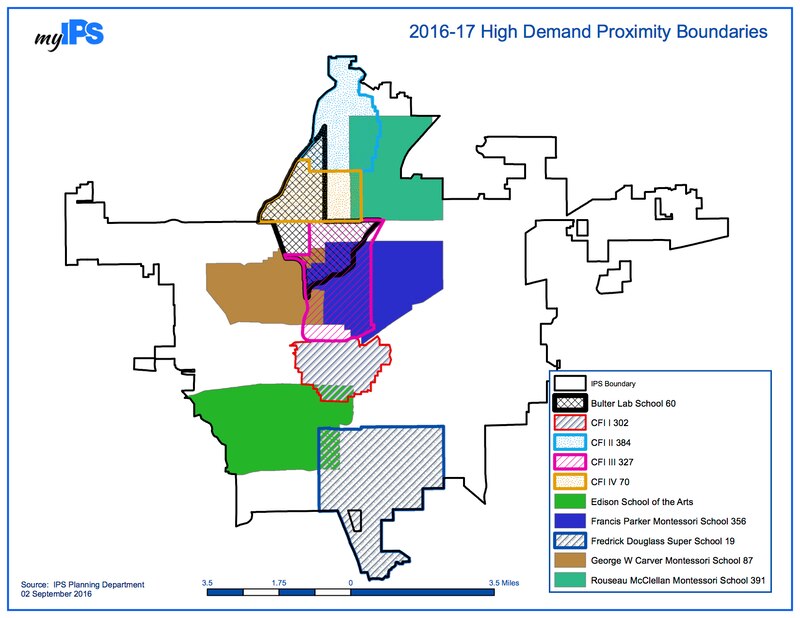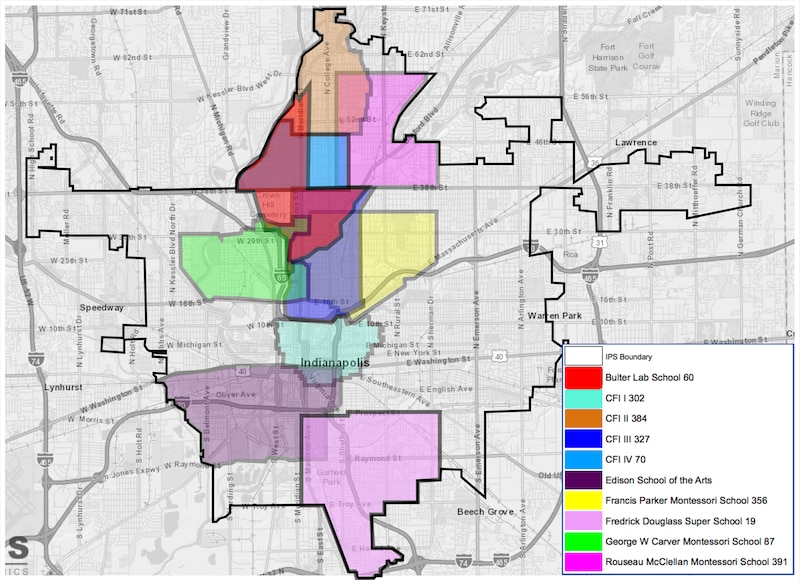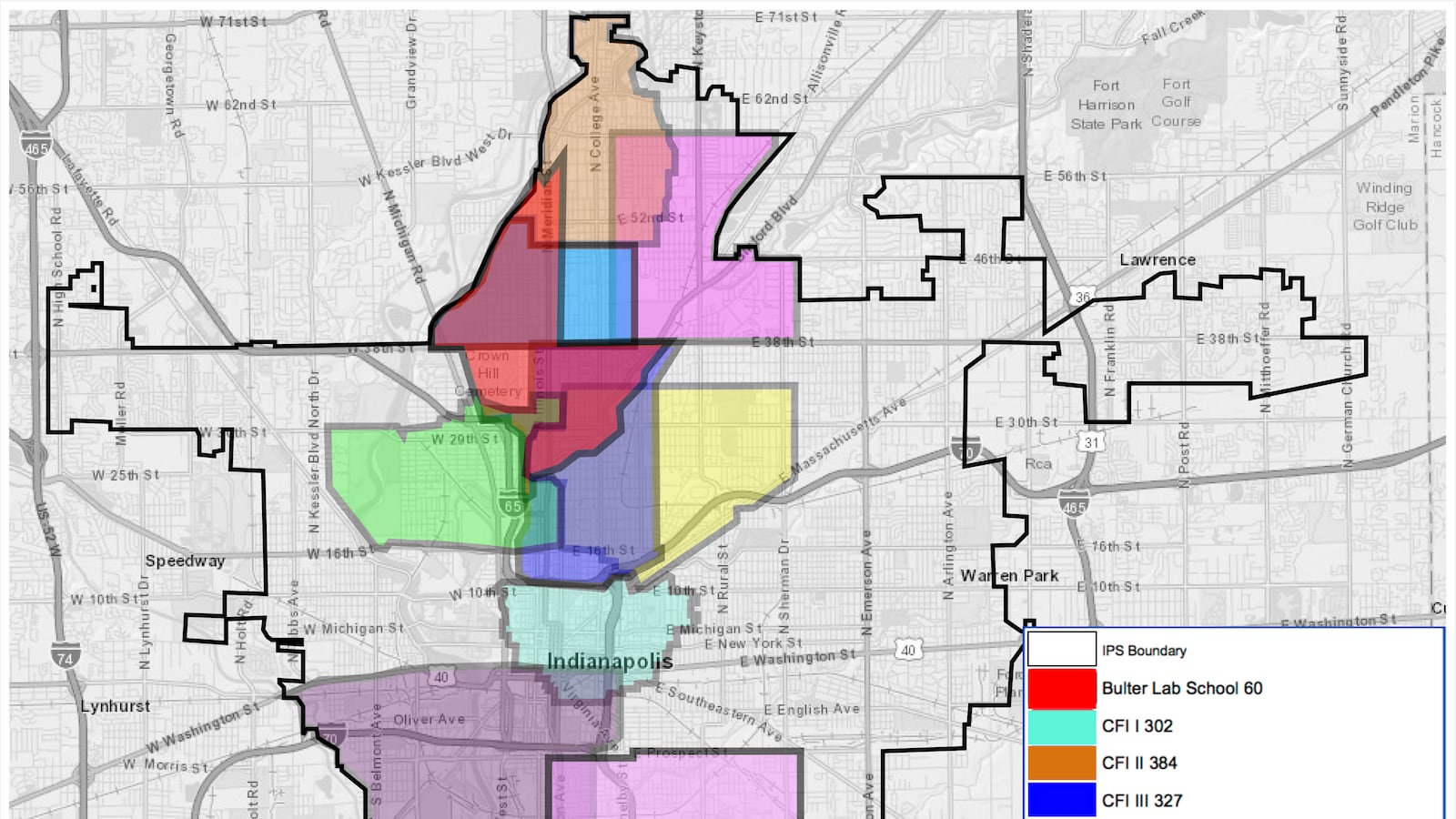In an effort to increase diversity at some of the district’s top magnet schools, the Indianapolis Public Schools Board has promised to review — and likely modify — the rules that give families who live close to the schools a leg up in admission.
But what exactly are the current rules, and who gets priority now?
When awarding seats for this year, the district used proximity boundaries at all of its magnet schools to give students who live nearby dibs on admission, according to IPS staffer Joe Gramelspacher.
At schools with empty seats, the proximity boundaries don’t play a role in admission. But they play a significant role in deciding who gets seats in popular programs such as the Centers for Inquiry, the Montessori schools and less-discussed schools like the SUPER school magnet program at School 19, which focuses on health and physical activity.
At schools that attract more applicants than they can accommodate, admissions are determined by lottery. But some students are given preference in the lottery, including those who have siblings in the school and those who live within the proximity boundaries. At the most sought-after schools, nearly all of the spaces are taken by students who live nearby, meaning very few kids from other neighborhoods have access to these coveted schools.
At some schools, this contributes to the fact that they enroll a much higher percentage of white, affluent children than a typical IPS school — a problem that Chalkbeat, the Indianapolis Star and WFYI have highlighted through a series of stories this year about racial segregation in Indianapolis schools.
The district has added proximity boundaries to schools that didn’t initially have them, Gramelspacher said. But he said he doesn’t know the history or reasoning for many of the existing boundaries.
The board is considering consolidating and reducing the proximity zones so fewer families would have priority in the lottery. A detailed proposal is expected to be released at the board meeting later this month.
Here’s a map provided by the district that shows the (sometimes wacky) boundaries that were used at the most popular magnets for the 2016-2017 school year and an approximate version overlaid on a map of the city.



